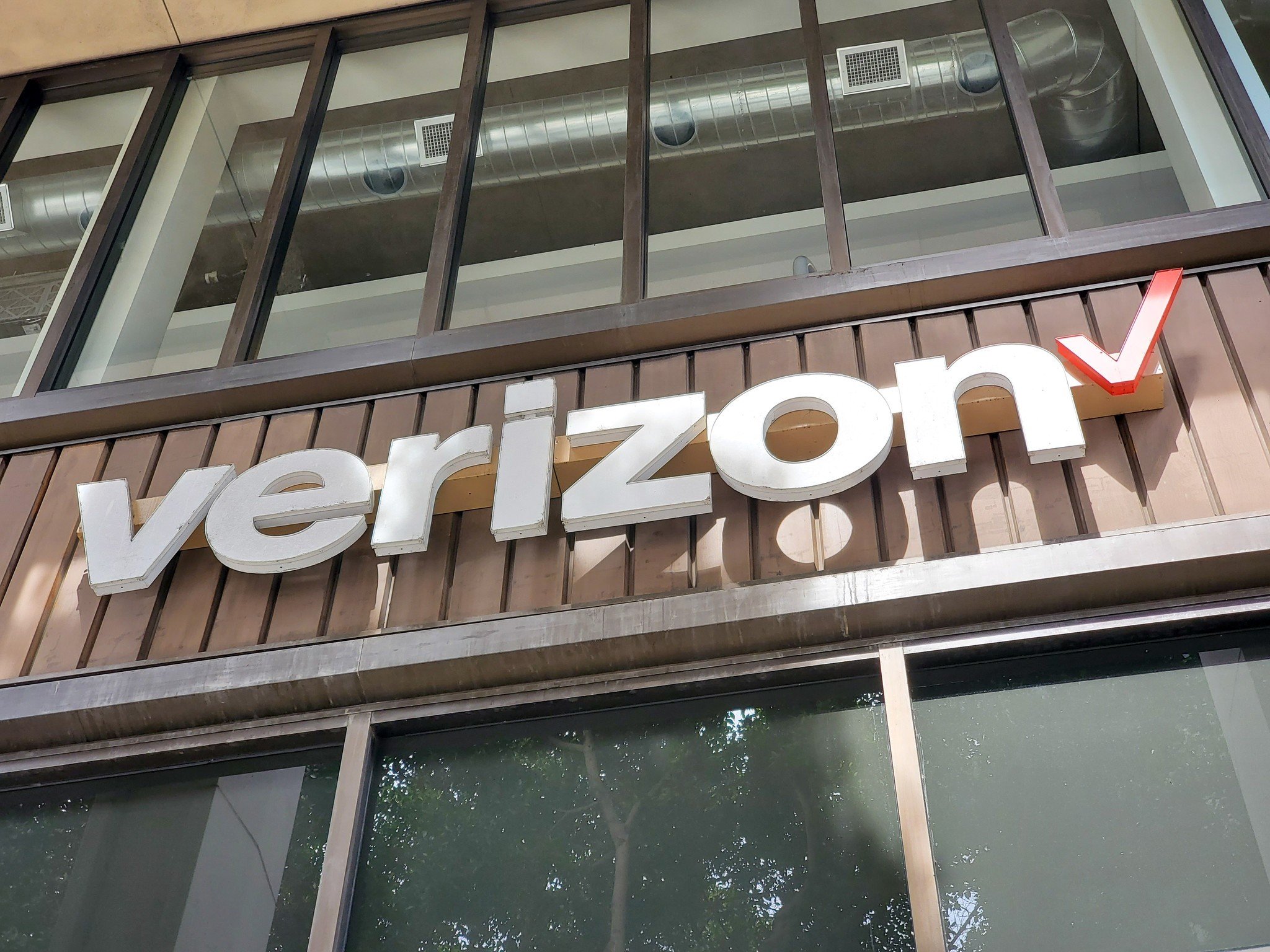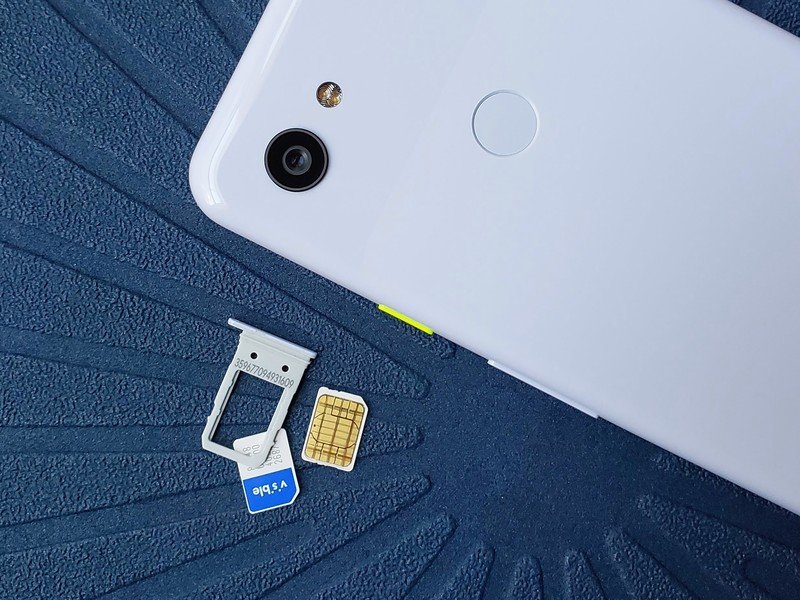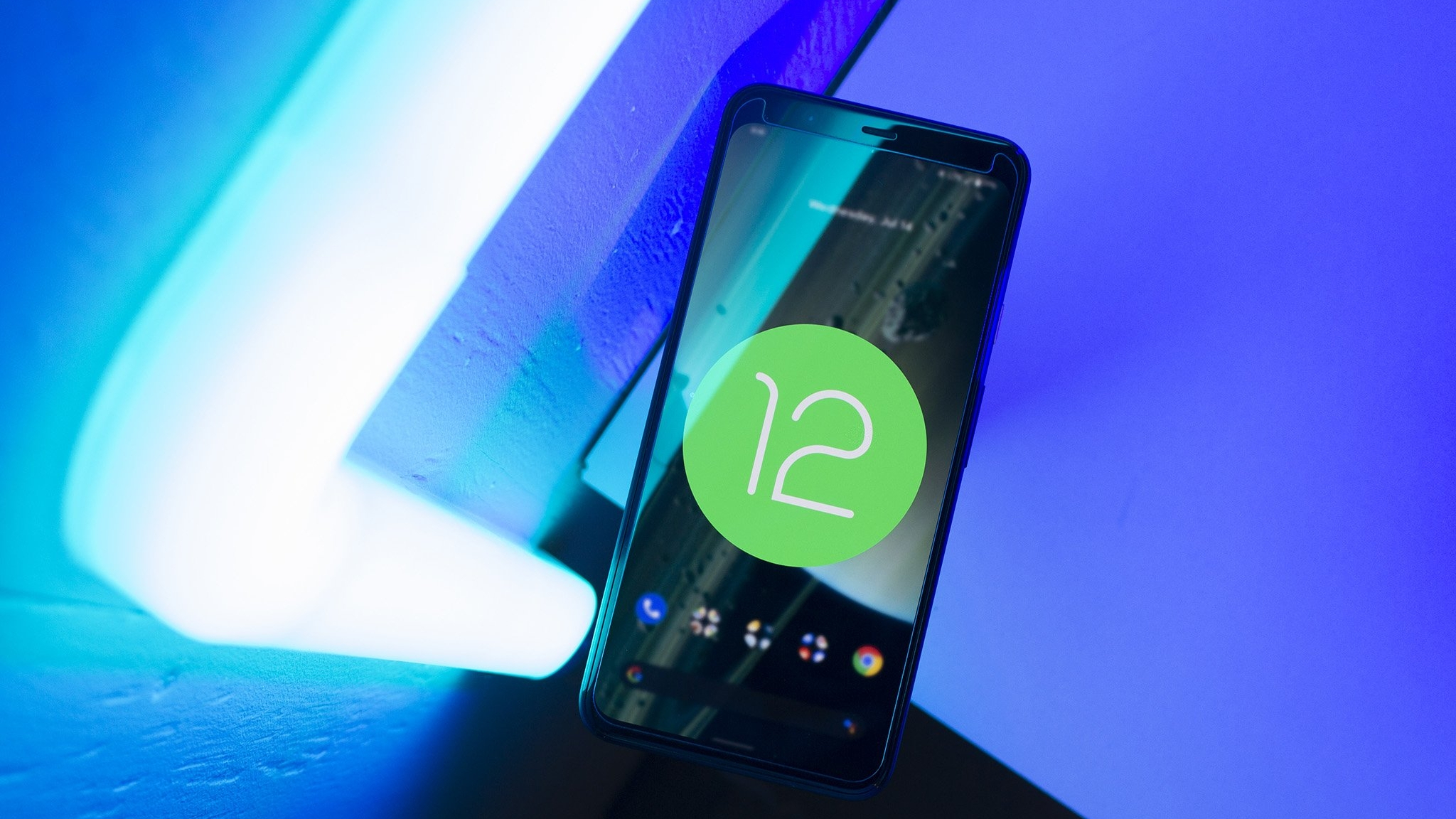More people should be looking to ditch their unlimited data plan

The advent of unlimited data plans in the U.S., taking off starting in 2017, has simplified billing and relieved stress for a ton of people. Per-gigabyte data plans started to seem antiquated — and potentially expensive — as we headed toward a future of video calls, multiplayer gaming, sharing huge photo and video files, and all-streaming media consumption. But now that we're all on unlimited data plans, it's reasonable to ask if we maybe went a bit too far in desiring unlimited data and are now getting a raw deal.
How to save money by switching from a Big Three carrier to an MVNO
Fear of data overages led us to sign up for unlimited — but not everyone benefited.
Our fear of data overage charges that led us to sign up for unlimited offerings didn't end up saving us much money, if any. Data plans are, well, still expensive in the U.S. Even though the plans have been simplified into a single "unlimited" umbrella where we don't have to watch gigabytes, the prices aren't particularly low to reflect the one-size-fits-all simplicity. To get an unlimited plan in the U.S. that isn't completely barebones — aka one that includes extras like hotspot and 5G access — you need to spend $70 at T-Mobile, $75 (plus taxes) at AT&T and $80 (plus taxes) at Verizon. And of course, as we know, there are plenty of asterisks involved with that "unlimited" data usage — and in each case there's a higher unlimited tier with more tacked-on features.
I noted back in early May that my Google Fi bills have been tiny thanks to its usage-based billing system that charges for data by the gigabyte in a time where the coronavirus pandemic has us all traveling less. When we're spending less time at home and on Wi-Fi, data usage reduces dramatically — but unless you have an innovative data plan like Google Fi's, your bill is just as high as it ever was. It's a perfect example of how an unlimited plan just doesn't make sense for everyone. Outside of the current situation, there are still many people who just don't use much mobile data — yet they've been pulled into paying for unlimited anyway.

But what can you do when all three (RIP, Sprint) major carriers only offer unlimited plans? The answer for a ton of people is to get a prepaid phone plan — but unfortunately that "prepaid" word kills the discussion with most, no matter how well they would be served by making the switch. But if you're feeling fleeced paying for unlimited data even though your own data needs haven't changed dramatically in the last few years, you really need to consider it.
The decision is simple: if you know you're going to regularly use a lot of data, say 10GB or more per month, then stick with your unlimited plan. You're loving the move to unlimited because you can keep using a ton of data and no longer worry about excess charges or pre-determined slowdowns. But there are a lot of people out there who switched to unlimited plans because their carrier gave them no other choice, not because they needed to.
Think of prepaid service as a no-frills offering, not a second-rate one.
The second part of choosing to get a prepaid plan is whether you currently have a multi-line plan or not. If you have just a single line, you're a prime candidate for a prepaid plan. If you have two or more lines, the big U.S. carriers actually have a solid offering that makes the per-line costs quite close to prepaid offerings; and the simplicity of being billed once for both lines sure is nice. But if you're perhaps part of a "family" plan with friends, or hanging onto your parents' plan years later, it may still be worth considering heading out on your own for the independence of being billed on your own.
Be an expert in 5 minutes
Get the latest news from Android Central, your trusted companion in the world of Android
So, why not give prepaid a look? If the "prepaid" word seems somehow negative or lower quality, it shouldn't. Think of prepaid service as a no-frills offering, not a second-rate one. The data is the same, and the networks are the same — you're just only paying for what you actually use. And in many ways, the billing is simpler than the big carriers. You can enroll in auto-pay, there's often no additional taxes or fees charged beyond the advertised price, and in some cases you can pre-pay for six months or a year for a true "set it and forget it" experience. Nothing is simpler than that.
You shouldn't be subsidizing people on the network using 25GB of data while you use 3GB.
Offers with ultra-low-cost prepaid offerings like Mint Mobile bring you upwards of 12GB of data per month for under $30. T-Mobile's Metro prepaid plans get you 10GB for $40, Verizon's prepaid plan has 16GB (with rollover) for $45, and AT&T's prepaid plan offers 8GB (with rollover) for $50. If you haven't looked at prepaid in a while, you may be surprised to see the data is plentiful and cheap — and it has no grey areas about what you're paying for or how much you get to use. And because the data allotment is defined and prepaid, there's no chance of accidental overages or big bills — a main contributor to many people switching to unlimited plans in the first place.
Of course you're losing out on extra features of a traditional carrier plan, like simple phone financing, in-store customer support, congested network prioritization, and the like — but with savings in the hundreds of dollars per year, you may be willing to give those up. And most importantly, if you weren't paying to use an "unlimited" amount of data to begin with, it's going to feel great to only be paying for the amount of data you actually use — not subsidizing the people on the network using 25GB per month while you use 3GB.
Andrew was an Executive Editor, U.S. at Android Central between 2012 and 2020.

